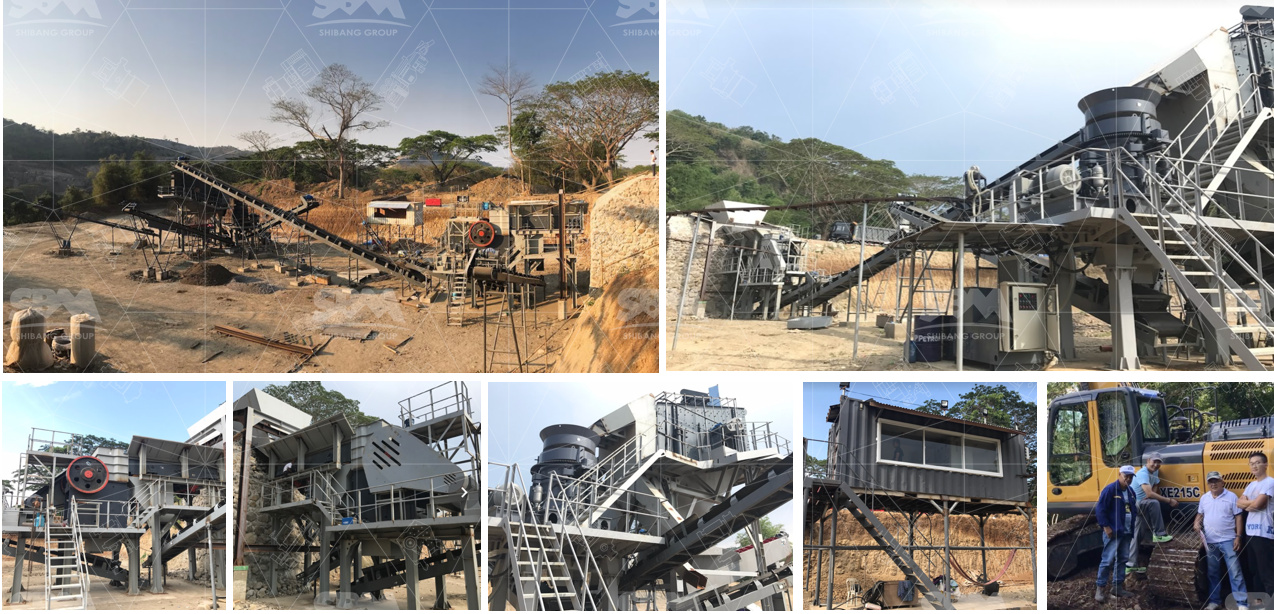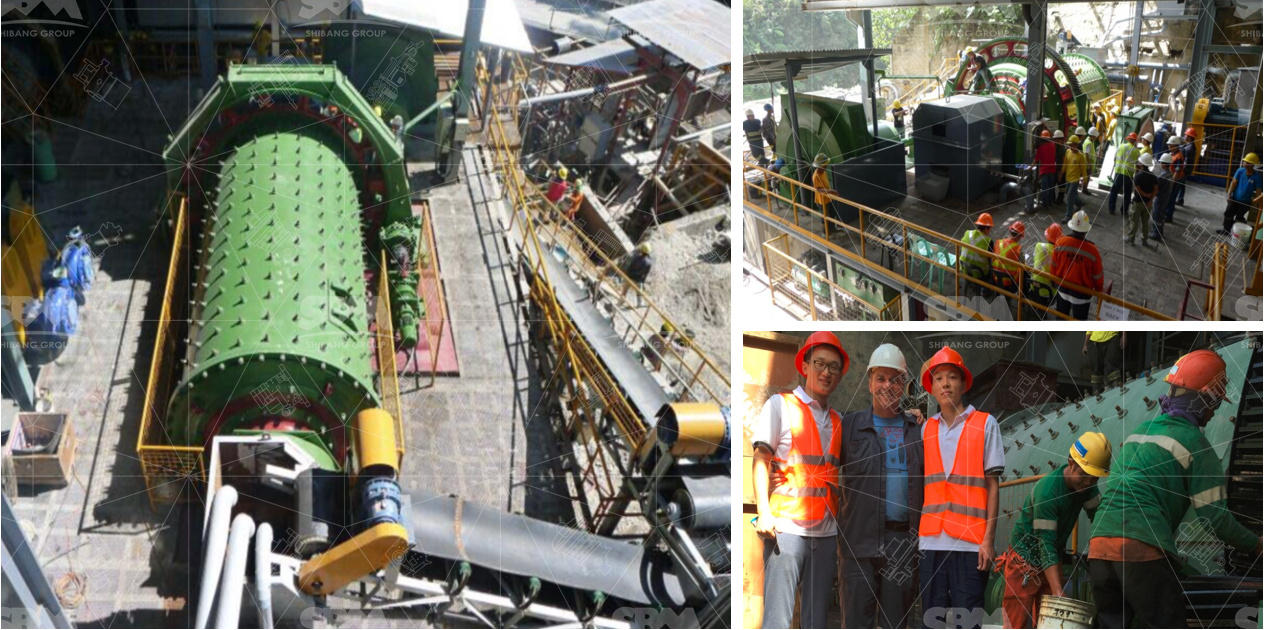Summary: This practical guide explains how to build a robust crushing and beneficiation line for lithium ores. It explains key principles, equipment choices, main technical parameters, and field-tested operating notes. The focus is on crushing, grinding, and flotation circuits that reliably deliver high grade lithium concentrates with controlled energy use, and predictable maintenance cycles.

Lithium ores (spodumene, lepidolite and some micas) require staged comminution and careful liberation before beneficiation. In practice, flotation is the predominant method used to concentrate lithium minerals; magnetic and gravity methods act as auxiliaries in specific feeds. Moreover, the ore mineralogy dictates the comminution path — whether you need more coarse crushing, fine grinding, or regrinding to liberate spodumene flakes.
Crushing reduces run-of-mine rock to a controlled feed for mills. The goals are simple, yet decisive: control maximum feed size, limit generation of slimes, and produce a consistent top-size for milling. A correct primary crusher selection lowers downstream power draw, and reduces overgrinding, – which improves flotation recovery. In many lithium projects, a primary jaw crusher reduces ore to below 150–300 mm; followed by secondary cone or impact crushing to reach 10–40 mm, depending on the mill circuit.
Typical jaw crusher reduction ratio in practice is about 6:1. Thus large boulders can be reduced in one stage while conserving wear life. For medium and fine crushing, single-cylinder and fully-hydraulic cone crushers offer capacity ranges from a few dozen to over a thousand tonnes per hour; minimum discharge sizes can go down to 3–4 mm in fine cavities. These ranges allow designers to match feed and desired product size precisely.
Primary: Jaw crushers handle hard and brittle pegmatites. Secondary: Cone crushers provide high reduction, and good particle shape. Tertiary: Fully-hydraulic cones or vertical shaft impactors finish the sizing before mills. Mobile crushers are used when operations require site mobility or small pilot plants. Each crusher type has trade-offs in wear cost, product shape, and fines generation.
Designers must verify the following before specifying a unit: maximum feed size, expected reduction ratio, CSS or OSS settings, chamber profile (cavity), rotor speed (if relevant), motor power and torque margin, and expected tonnage at a stated feed gradation. For cone crushers, pay attention to cavity type (C1, C2, F1, F2 etc.), because cavity selection directly controls minimum discharge size and throughput. For jaw crushers ensure the eccentric shaft speed and flywheel complement the toggle design to avoid choking, and to keep energy efficiency reasonable.
Project brief: pegmatitic spodumene, feed ROM 0–800 mm, average hardness medium (Mohs 6-7), target mill feed 10–20 mm, target plant throughput 200 t/h. Below is a condensed, practical equipment list with rationale, and key numbers based on reference equipment performance.
Vibrating grizzly feeder + jaw crusher. Primary jaw set to reduce to 150–300 mm. Reduction ratio ~5–6:1, motor matched to operate within 70–90% of rated torque to extend service life. Expected tonnage capacity up to 250 t/h depending on model selection.)
Single-cylinder cone, medium crushing cavity (C1/C2 options). Maximum feed size into cone depends on the chosen model, but many medium cones accept 175–480 mm; discharge range typical 19–44 mm in medium cavities. Choose a cavity that yields product within 10–40 mm before the tertiary stage. This choice stabilizes mill feed and reduces pebble crushing.
For a final top size of 10–20 mm, use a fully-hydraulic cone with fine cavities, or an HVI-type sand maker when particle shape matters. Fine cones can reach minimum discharge sizes of 3–13 mm in certain fine cavities. These units carry automatic setting adjustment features to protect liners and clear tramp.
If ore sources change, a mobile crushing station with WT-series models can be deployed. Typical mobile models take feeds up to 560 mm and produce 1–280 t/h depending on model. Mobility reduces haul cost and allows staged expansion.

After crushing, the aim is controlled liberation with minimum overgrinding. For spodumene, primary grinding uses ball mills or rod mills in closed circuit with classifiers. Regrinding is often required to reach the flotation liberation size, typically in the 30–150 μm range based on ore texture. Designers should size the mill to handle the produced crushed top size, and specify mill power to meet the grind index and tonnage. Energy optimized circuits combine a SAG or ball mill with classifiers to maintain steady circulating load.
Flotation is the primary separation step for most lithium ores. Practical flows follow these steps: desliming and scrubbing (if clays or micas present), conditioning with alkaline reagents for spodumene, rougher flotation, scavenger stages, and cleaner stages to raise grade. Lepidolite may use positive flotation more often than spodumene. In many plants, magnetic separation removes iron-bearing gangue before flotation to improve selectivity.
Operators should record real process numbers: reagent dosages, pulp density during rougher (commonly 30–40% solids by mass), and residence times. Obtain grinding product size distributions and adjust regrind towers when flotation recovery trends show sensitivity to fines or overgrinding.
Flotation machines must match the plant scale and aeration needs. For pilot scale, small mechanical cells suffice; for commercial plants, banked mechanical cells with staged agitators or column cells are used. Columns often aid cleaning stages, while mechanical cells provide fast kinetics for roughing. Design the cell bank to permit flexible staging — allow bypass lines for troubleshooting, and sample points for quick metallurgical checks. /p>
Following flotation and concentrate thickening, drying becomes necessary before chemical processing. Rotary drum dryers and belt filters are common. Choose dryer sizes based on moisture targets and throughput. Thickeners for tails and concentrates reduce ponding area, and well sized clarifiers support water recycling and reagent recovery. These units improve sustainability and lower operating cost.
From field practice, comminution accounts for the majority of energy cost. Aggressive crushing with improper setting increases slimes, which raises mill power per tonne and depresses flotation yield. Track energy by section: crushing kWh/t, grinding kWh/t, and flotation kWh/t. Also monitor wear part consumption and mean time between overhaul for crushers and mills. A practical baseline: design for wear liner life of several thousand hours under normal feed; schedule liner or mantle changes to avoid emergency shutdowns. Regular lubrication checks, cavity inspections and crusher setting logs cut unplanned downtime substantially.
In one mid-scale spodumene project, running a medium-cone in C2 cavity reduced the secondary stage fines by 15% compared to a different cavity choice. Consequently mill energy fell by ~6%. In another case, switching to a controlled feed rate and slightly coarser cone setting preserved recovery while cutting liner wear. These practical gains require on-site monitoring and a willingness to tune CSS and cavity profiles. Operators must keep accurate logs and implement small, iterative changes — rather than wholesale redesigns — to optimize production. (These examples reflect standard operational learning; adjust for your ore.)
Obtain mineralogical mapping, grindability tests, and liberation curves. These are non-negotiable inputs for accurate machine sizing.
Avoid overgrinding. If crusher produces excessive fines, revise cavity choice or add a screening stage to control pebble sizes.
Install sample ports, bypasses, and a modular cell bank to enable process tuning without major shutdowns.
Keep critical wear parts and at least one spare drive assembly to limit repair time, especially in remote sites.
Choose machinery vendors whose products meet recognized quality systems and third-party inspection norms. Equipment with certified manufacturing records, and ISO quality control traceability, simplifies commissioning and financing. Also, choose components with documented inspection and test data to support long term operation and insurance needs.
1) Overspecified crushing for a marginal ore. Avoid excessive capital outlay when a staged modular approach works better. 2) Underestimating slimes from weathered pegmatites. Add desliming circuits early. 3) Ignoring reagent optimisation. Running with default dosages often reduces recovery. 4) Poorly maintained feed systems that create surges; these spike mill load and lower recovery.
For most lithium projects, a flowsheet that pairs a rugged primary jaw with a medium-to-fine cone crusher, followed by closed-circuit ball mills and staged flotation, produces reliable concentrate volumes. Start with conservative crusher settings, monitor PSDs, and adjust cavities as the ore reveals itself. Implement routine wear monitoring, schedule spares, and design for water and reagent recovery to lower operating costs. These measures minimize surprises and yield consistent deliverables for downstream lithium conversion.
Use these representative numbers when you develop early budgets. Verify with lab and pilot testing before committing to purchase.
Reduction ratio: ~6:1; Typical feed up to 1,200 mm; Discharge 10–350 mm; Capacity up to 2,200 t/h depending on model.
Models example: SC100S to SC450S; Max feed 175–480 mm; Min discharge 19–44 mm (medium cavities); Capacities vary 85–1,500 t/h per model and cavity.
Model sets include GYS300 to GYS500; Fine cavities reach 3–38 mm discharge ranges; Capacities 36–650 t/h depending on cavity.
Example models accept feed up to 560 mm; Capacities range 1–280 t/h for different chassis and configurations. Mobility reduces handling costs for multi-pit sites.
Rotary drum dryers sized for throughput and desired dryness; thickeners proportioned for recycle and tailings density control. Concrete sizing depends on site water balance.
When you plan a lithium project, follow staged validation: lab testing, bench flotation, pilot grinding and pilot flotation, then modular plant build. This sequence reduces risk. Start with flexible crusher and screen combinations to allow quick adjustments. Above all, collect process data from day one; it will pay back in improved recovery and lower cost. (This guide compiles practical parameters and references to typical equipment performance.)
Whatsapp:+8617329420102
Email: [email protected]
Address: No. 1688, Gaoke East Road, Pudong new district, Shanghai, China.
Online Service : Get Price
We value your feedback! Please complete the form below so that we can tailor our services to your specific needs.
